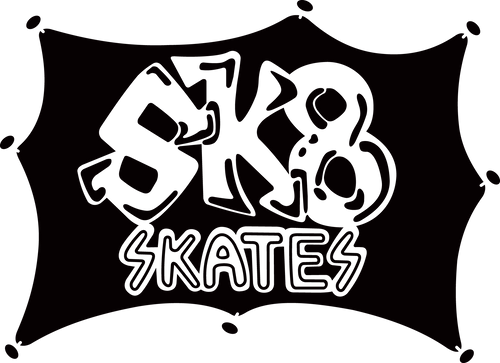
All About Snowboard Stance: Finding Your Optimal Alignment
Introduction
Your snowboard stance is a critical element that directly influences your balance, control, and overall performance on the mountain. It's the foundation upon which all your riding skills are built, whether you're carving down groomers, hitting the park, or exploring off-piste terrain. This comprehensive guide will explore the key components of snowboard stance, helping you find the optimal alignment tailored to your style and preferences.
Understanding the Basics of Snowboard Stance
1. Stance Width: The distance between your two feet on the snowboard. A good starting point is shoulder width, but adjustments may be necessary based on your height, comfort, and riding style. Wider stances provide greater stability, while narrower stances can improve maneuverability.
2. Stance Angle: Refers to the orientation of your feet on the board. Angles are typically set in degrees, with positive numbers pointing the toes forward and negative numbers pointing them backward.
3. Stance Offset: Also known as "setback," this refers to the positioning of your stance toward the front or back of the board. A centered stance is common for freestyle riding, while a setback stance can be beneficial for freeride and all-mountain styles, aiding in floatation in powder.
Determining Your Stance Type
1. Regular or Goofy: Identifying whether you lead with your left foot (regular) or right foot (goofy) is the first step in setting up your stance. This natural preference will dictate how you position yourself on the board.
2. Freestyle Stance: A symmetric, duck-footed setup (e.g., +15°/-15°) allows for easy switch riding and trick execution, ideal for park and pipe enthusiasts.
3. All-Mountain Stance: Offering versatility, this stance might feature a slightly more directional angle setup (e.g., +18°/0°), providing stability at speed and responsiveness across varied terrain.
4. Freeride Stance: Typically more directional with a notable setback, enhancing performance in deep snow and steep terrain. Angles might be more pronounced (e.g., +21°/-6°) to facilitate quick, powerful turns.
Customizing Your Stance for Comfort and Performance
1. Experimentation: Don't be afraid to adjust your stance angles and width over time. What works well for one rider might not be comfortable for another, so finding your sweet spot is key.
2. Professional Fitting: Visiting a snowboard shop or working with an instructor can provide personalized advice and adjustments, ensuring your stance aligns with your riding goals and physical attributes.
3. Listening to Your Body: Pay attention to how your knees, hips, and back feel while riding. Discomfort or strain may indicate a need for stance adjustments.
Conclusion
An optimal snowboard stance is a blend of personal comfort, riding style, and technical requirements. By understanding and fine-tuning the elements of your stance, you can enhance your riding experience, improve your performance, and reduce the risk of injury. Remember, your stance should evolve as you grow as a rider, so continual assessment and adjustment are crucial.
Unlock your full riding potential by perfecting your snowboard stance. Whether you're fine-tuning your setup or starting from scratch, our expert team is here to assist you in finding the ideal stance for your adventures on the snow. Visit us today to explore a world of enhanced control, comfort, and performance on your snowboard.
Unlock your full riding potential by perfecting your snowboard stance. Whether you're fine-tuning your setup or starting from scratch, our expert team is here to assist you in finding the ideal stance for your adventures on the snow. Visit us today to explore a world of enhanced control, comfort, and performance on your snowboard.
Legit since 1987.
Sk8 Skates is more than just a skate and snowboard shop, it is a family of individuals committed to strengthening the Winnipeg skateboard and snowboard scene.





